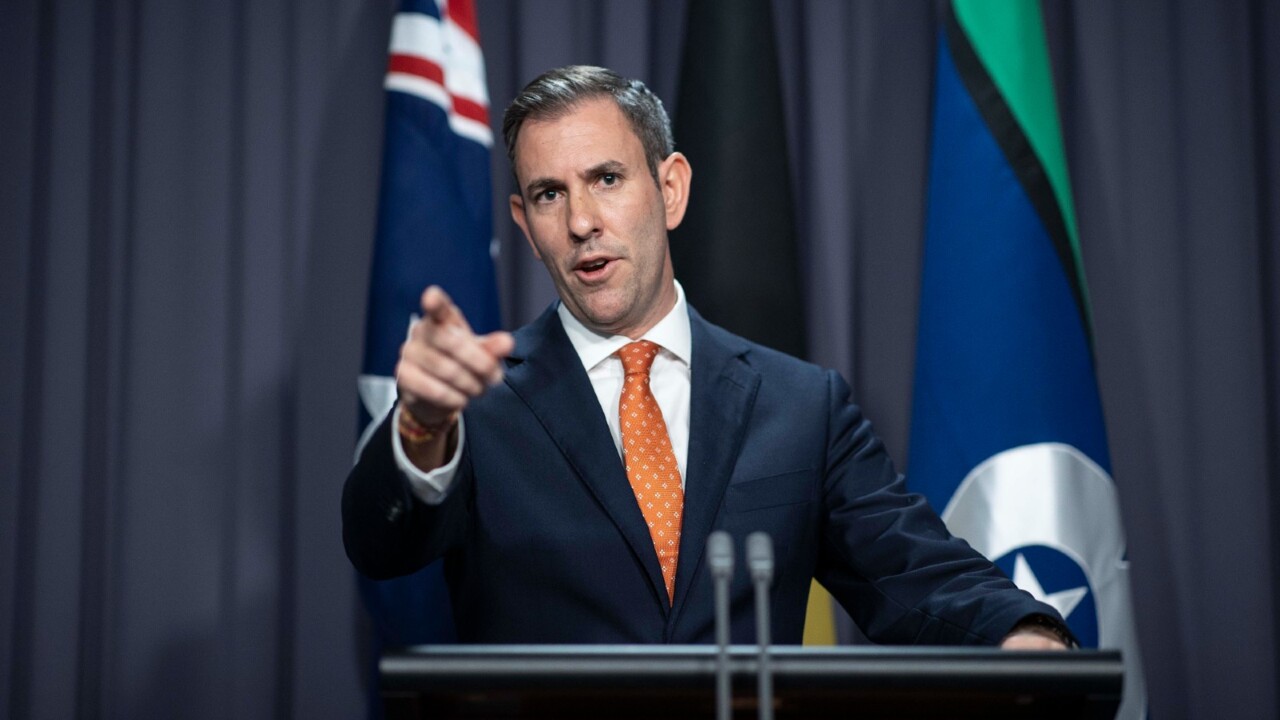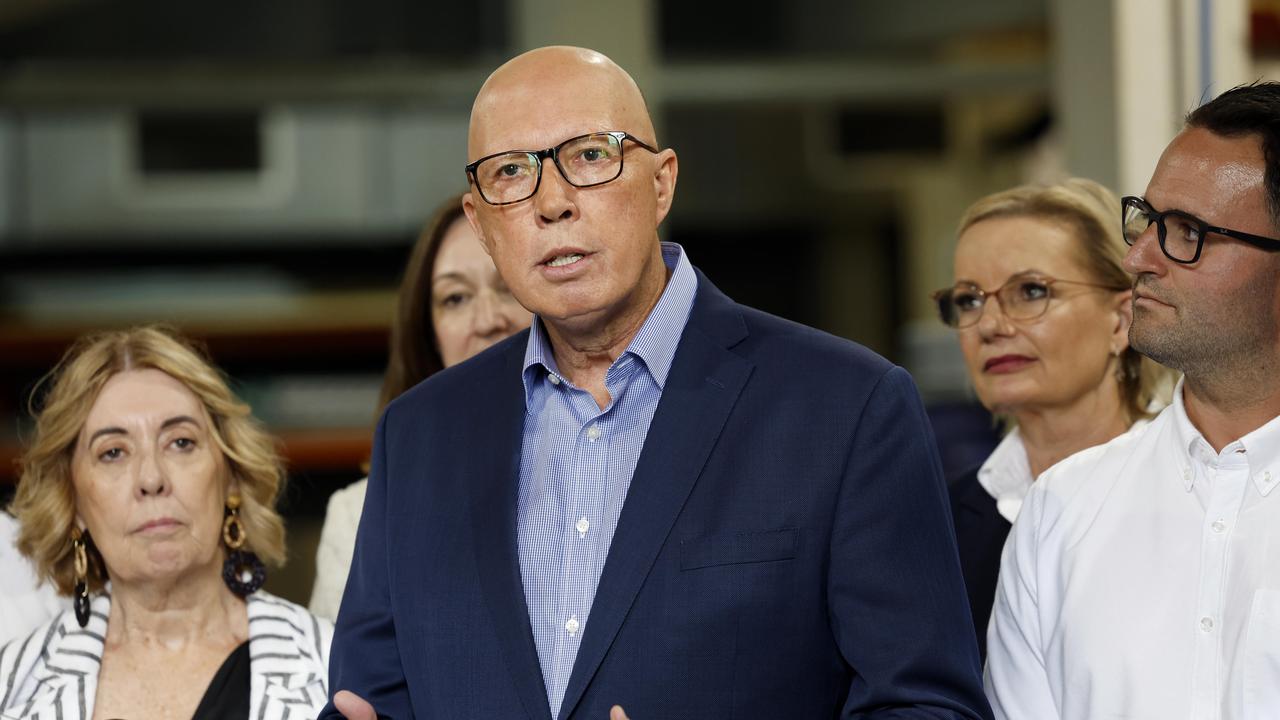RBA in no rush to push rates to neutral
Former US Treasury secretary Larry Summers says an American recession is ‘inevitable’ as the IMF confirmed Australia would likely escape a severe downturn in 2023.

Former US Treasury secretary Larry Summers says an American recession is “inevitable” to regain control of inflation in the world’s most important economy, as the IMF confirmed Australia would likely escape a severe downturn in 2023.
Mr Summers’ comments came as Reserve Bank assistant governor Luci Ellis said there was no rush to reach “neutral” policy settings in Australia, confirming the central bank believes it can regain control of runaway inflation without crushing the economy through even more aggressive rate hikes.
But Mr Summers warned central banks around the world would need to raise rates further than markets expected in order to tame price growth.

One year after warning that rising inflation was a structural rather than transient phenomenon, Mr Summers said he saw many of the same red flags in the global economy today.
He said falling oil prices and easing shipping costs had removed many of the temporary inflationary forces that had sent inflation soaring to multi-decade highs across the developed world.
But in the US, the underlying measures of inflation targeted by the Federal Reserve remained elevated at above 6 per cent – or three times the 2 per cent target.
“My own best guess is that if we’re going to bring inflation down sufficiently, if we’re going to bring credibility with respect to inflation, rates are going to have to rise somewhat more than what’s currently priced in the market,” Mr Summers told the Citi Investment Conference.
Mr Summers said the Fed would need to engineer an slowdown such that unemployment rates would climb from 3.5 per cent to above 5 per cent to bring inflation under control.
“That’s why it’s been my judgment that a recession is an almost inevitable concomitant of a path in which we achieved substantial disinflation,” he said.
A day after the International Monetary Fund warned the “global cost-of-living crisis” would trigger a sharp downturn centred in the developed world in 2023, a senior IMF official confirmed Australia would likely “escape recession” next year, but “risks have certainly increased”.
Speaking on condition of anonymity, the senior IMF economist said the Russian invasion of Ukraine, climbing interest rates and the slowdown in China were clouding the outlook and making it difficult to pin down the damage to economies.
As Jim Chalmers meets with G20 finance ministers and central bank bosses in Washington this week, the official warned that “rising geopolitical fragmentation could hamper trade and supply chains”.

“Domestically, the ongoing monetary policy cycle to tackle inflation is likely to dampen household consumption, with added effects from declining house prices,” the official said. “If medium-term inflation expectations were to de-anchor, this would require a stronger monetary policy response, leading to an additional drag on growth” in Australia.
A little over a week ago, the RBA became the first among the major central banks to slow its pace of tightening, after delivering a smaller-than-anticipated hike of 0.25 percentage points to 2.6 per cent.
Dr Ellis on Tuesday described the challenges of identifying a “neutral” policy rate, at which level monetary policy did not restrict or stimulate demand. She said it was at minimum 2.5 per cent, and potentially a little under 3.5 per cent over the longer term.
With inflation running well above the RBA’s targeted range of 2-3 per cent, and projected to stay high for at least a further year after peaking in December, some analysts had thought the RBA would be forced to push rates into “restrictive” territory to regain control of inflation.
Dr Ellis played down those views, providing a theoretical underpinning for the RBA’s “pivot” away from rapid rate hikes.
“(It) has been clear for some time the strong recovery of the economy and high rate of inflation mean that the previous setting of a cash rate near zero per cent is definitely no longer appropriate,” she said.
“But don’t think of this as a mechanistic approach of ‘we have to get back to neutral’, or above neutral. The neutral rate is an important guide rail for thinking about the effect policy might be having. It is not necessarily a prescription for what policy should do.”





To join the conversation, please log in. Don't have an account? Register
Join the conversation, you are commenting as Logout